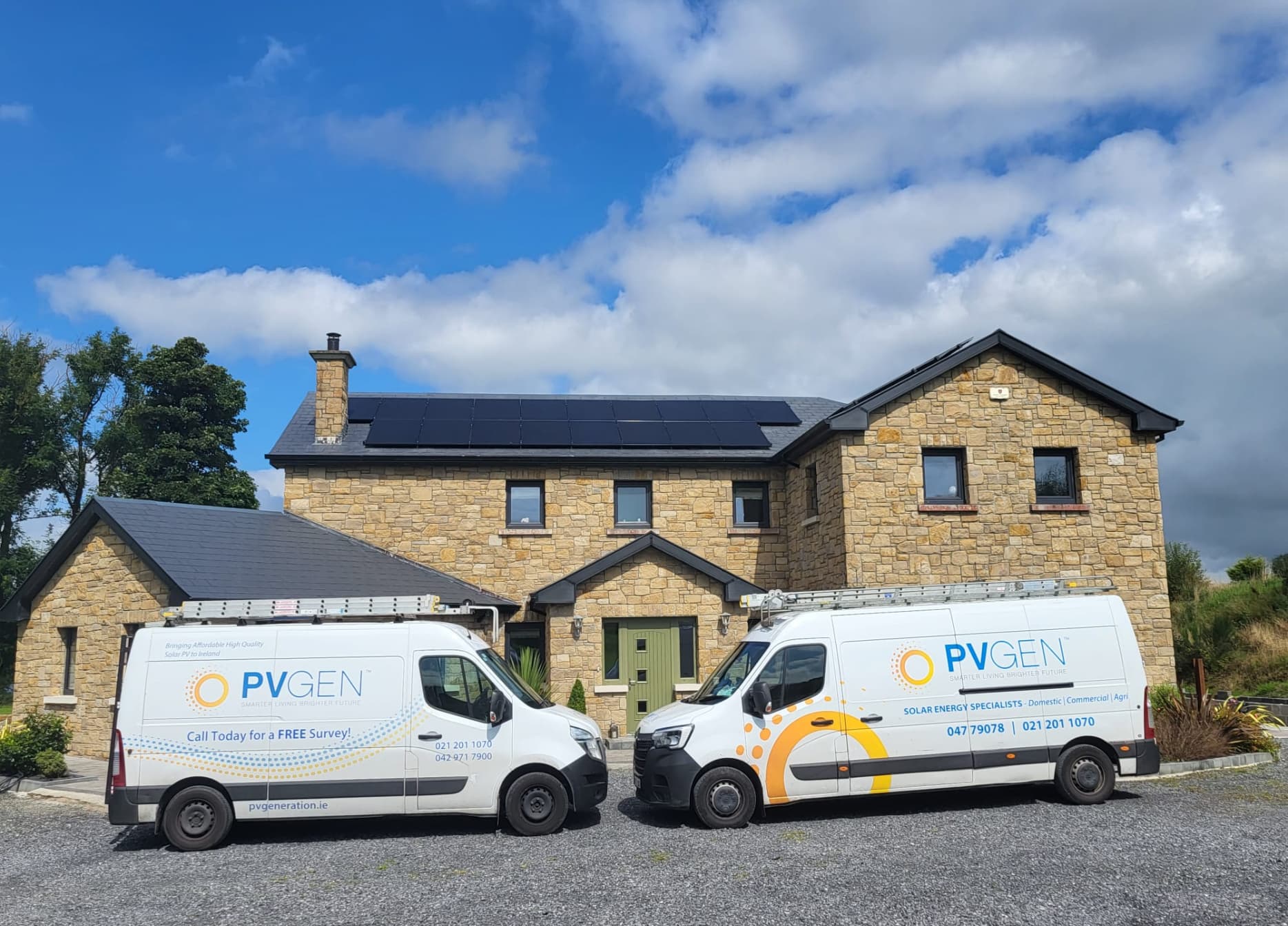Previous
What does Ireland’s 2030 Climate Action Plan have in store for us?
July 21, 2021

‘According to the SEAI, on average, a home loses 20-30% of its heat through walls and up to 30% through a poorly insulated attic’. Insulation can have a huge impact on reducing heat loss, while helping you save money on your electric bill. Here are some different types of insulation:
Attic insulation: insulates the roof of your house. This is quite a cost-effective way to insulate.
Cavity wall insulation: This is suitable where your home’s walls consist of two rows of bricks or concrete blocks with a cavity space between them.
Internal wall insulation known as dry lining, is suitable if you have solid walls or other walls which are not suitable for cavity insulation.
External wall insulation: This is when insulation is attached to the outer surface of the walls of a house, wrapping the house entirely.
You could be losing heat due to draughts or inefficiency, depending on the type of windows you have. Replace single glazed with double or triple glazed windows. Read below on how to look for signs of damage:
– Look for damage to the seal around the window e.g., cracks
– Check for draughts by lighting a match and holding it close to the frame
– Also, check for moisture or mould between the window frame and the wall, this is a sign that heat is escaping.
Your boiler should be service and checked regularly by a Registered Gas Installer. This will ensure your boiler is working safely and efficiently.
Older boilers are less efficient, so paying out for repairs may not be worth it in the long run.
All appliances sold in the EU now have an energy rating ranging from A+++ to G which can be found on the label. The A+++ is the most efficient rating while G is the least efficient.
Appliances with a lower rating cost more to run than those with a high rating. If you have a lot of white goods e.g., washing machines, Friday/freezer, it might be worth replacing the with a more efficient models. Bear in mind, it will be cheap at the time, buying a €20 kettle, but the energy usage will not be long catching up. Making it more sustainable to buy a A+++ kettle at €50.
The simplest solutions can be the best. Hanging thicker curtains over windows will prevent heat escaping and make your home much cosier especially in the Winter months. You can also purchase stick-on insulation to run down the sides of a drafty door. Saving energy has never been as easy peasy as it is now.
Investing in an energy monitor will help you realise how easy it is to waste energy. Whether it be leaving the immersion or heating on an extra ten minutes, it all adds up. These monitors cost around €30-€50 but some electricity companies give them free.
Place it somewhere the whole family can see it, note your electricity usage each day and figure out what appliances could be costing you.
New light fixtures can reduce energy costs, which can account for up to one-third of a home’s overall electricity bill. Natural lighting is another option to reduce your reliance on electricity. Saving money on lighting is as simple as switching from CFL to LED bulbs.
An energy vampire is a device that continues to use energy and drain power, even when it is turned off. They take the form of phone chargers and cable boxes, and coffee pots. These energy suckers can often account for as much as 20% of your monthly electric bill. Leaving a TV on standby mode can consume as much as half the electricity as when its actually on.
Rather than heating the space in a room, infrared directly warms up the objects and people in the room – while reducing heat loss and putting a stop to dust circulation. This process makes infrared heating panels a highly efficient, effective, and healthier way to heat a property. They even achieve the requested heating temperature within 30 seconds of being switched on. It even helps reduce mould and damp in the home. A cheaper and more efficient alternative to heat pumps.
Solar photovoltaic (PV) modules are solar panels that generate electricity when exposed to light. These can be installed onto the roof of your house and use the power generated to supply energy to your home.
Installing PV solar panels can generate clean, green renewable energy from daylight, and any excess can be automatically used to heat your water. The good news is that they even run when it is cloudy, so don’t let the typical Irish weather wear you down. In addition to saving on your bills, you can also save the environment.
Switcher.ie (2020), ‘How to make your home energy efficient’ Switcher.ie Date of Publication: 02.04.2020
Read full article here: https://switcher.ie/gas-electricity/boiler-care-and-servicing/
© Copyright Switcher.ie